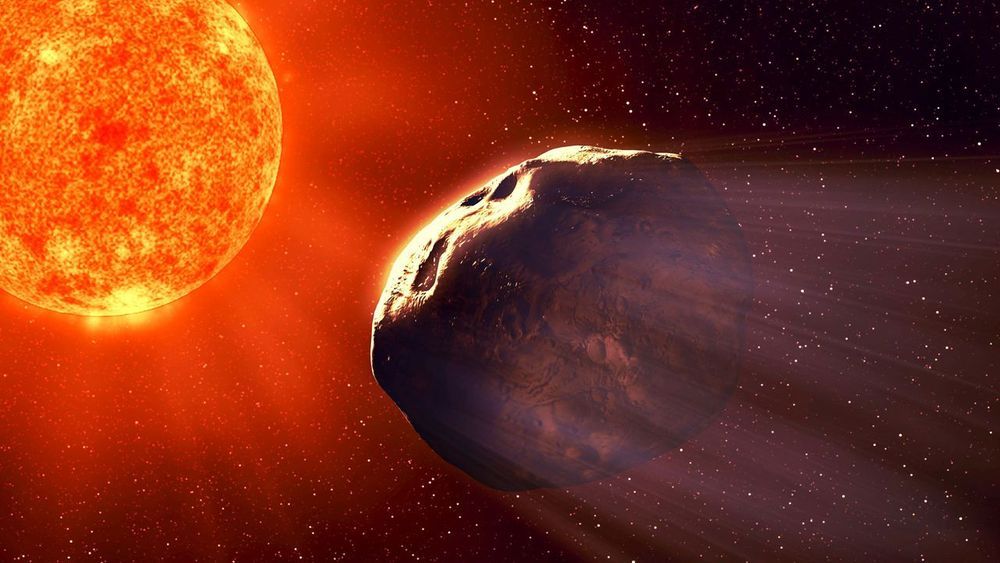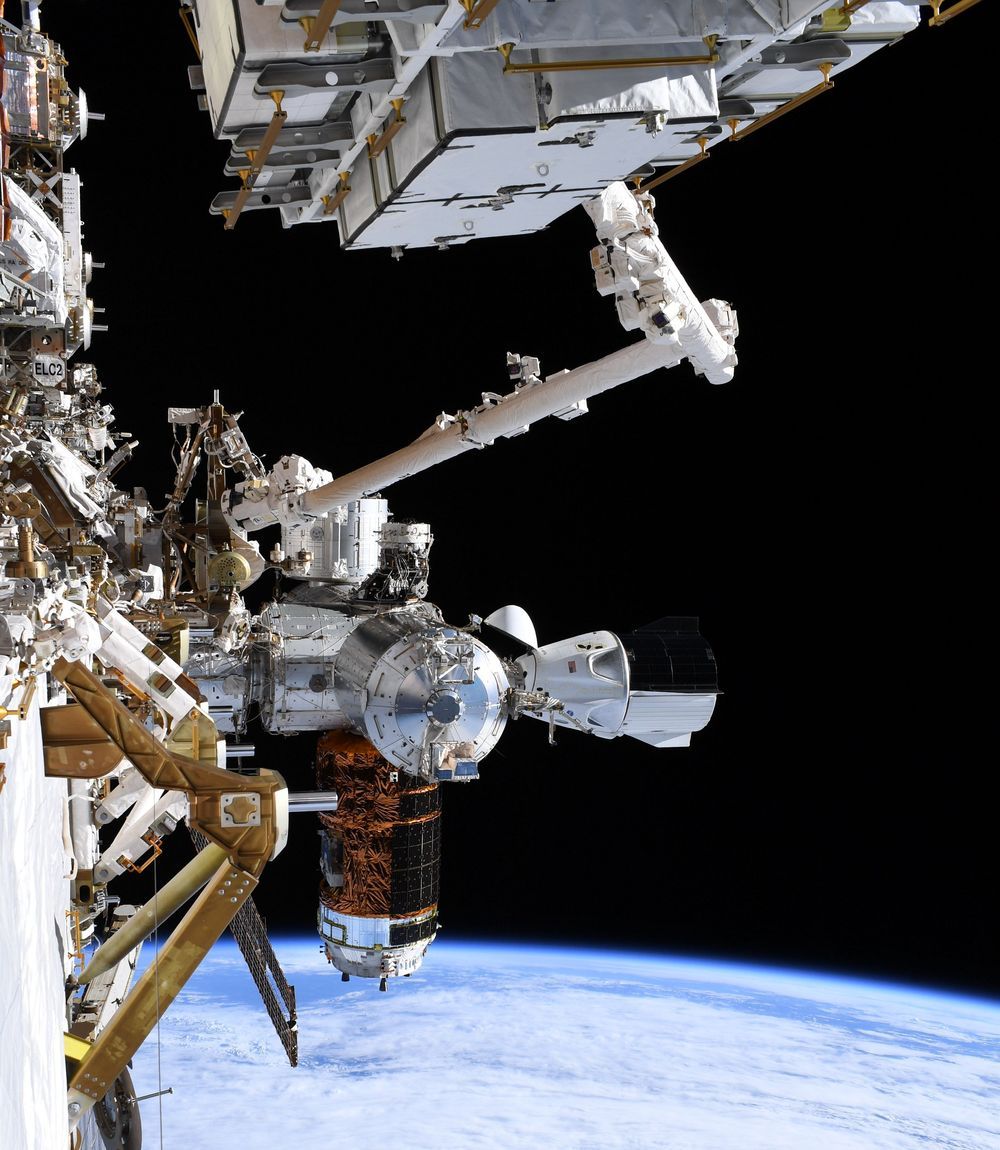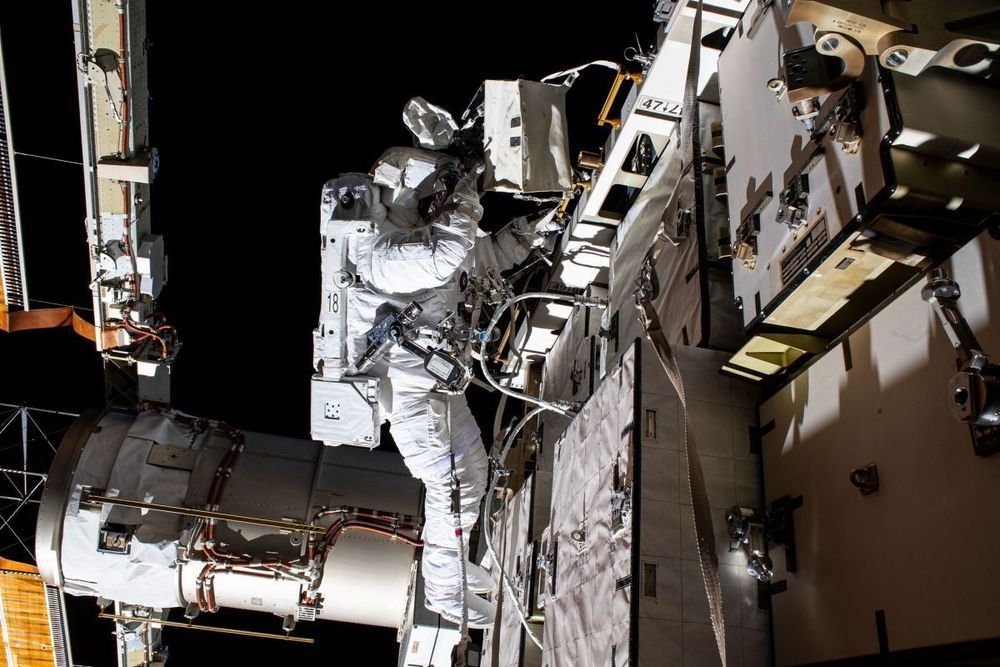The SLS is finally starting take shape.



Software Wars is a 70 minute documentary about the ongoing battle between proprietary versus free and open-source software. The more we share scientific information, the faster we can solve the challenges of the future. It also discusses biology and the space elevator.
Here is the feature trailer:
For now, you can watch the movie for free or download it via BitTorrent here: https://video.detroitquaranteam.com/videos/watch/07696431…ac9c7d22b1

Crew Dragon offers views of Earth and Robert Zubrin calls for developing the asteroid belt. Could Starlink work with an RV? It’s Musk Reads: SpaceX Edition #181.
A version of this article appeared in the “Musk Reads” newsletter. Sign up for free here.
So you want to colonize Mars. Well, Mars is a long ways away, and in order for a colony to function that far from Earthly support, things have to be thought out very carefully. Including how many people are needed to make it work.
A new study pegs the minimum number of settlers at 110.
The study is titled “Minimum Number of Settlers for Survival on Another Planet.” The author is Jean-Marc Salotti, a professor at Bordeaux Institut National Polytechnique. His paper is published in Scientific Reports.

As mentioned in previous videos, space junk is a deadly threat to our GPS, telecommunications, and satellite infraustructure. As such, in this video, we will talk about humanity’s upcoming, first mission to attempt to clean up orbital debris: Clearspace One, which is commissioned by the ESA.
Here is the petition link: https://www.change.org/p/save-vital-industries-call-for-subs…satellites
PS: The stock footage from this photo comes from Videvo!
Discord Link: https://discord.gg/brYJDEr
Patreon link: https://www.patreon.com/TheFuturistTom
Please follow our instagram at: https://www.instagram.com/the_futurist_tom/
For business inquires, please contact [email protected]
“Watching Apollo footage of astronauts doing geology on the surface of the Moon is a really great way to think about preparing for Artemis.” —Goddard scientist Kelsey Young.
Here’s how #NASA is preparing astronauts to do science on the Moon.

Satellite operators could be doing more harm than good by shutting down their systems whenever a coronal mass ejection (CME) from the Sun is forecast to arrive at Earth, UK researchers have suggested. Mathew Owens, Mike Lockwood and Luke Barnard at the University of Reading show that the speeds and magnetic field intensities of the bursts could be just as important to consider as their arrival times when deciding when to turn satellite systems off. If applied, their ideas could significantly improve the efficiency of many satellite operations.
Originating from the Sun’s dynamic surface, CMEs are high energy bursts of plasma that travel through interplanetary space, accompanied by strong magnetic fields. When they interact with Earth’s atmosphere, they can trigger solar storms that cause severe damage to satellite systems if they are operating at the time. To predict these disruptions, astronomers measure the speed at which CMEs travel through space to make accurate forecasts of when they will arrive at Earth.
Currently, many satellite operators adopt a “better safe than sorry” approach when responding to these forecasts. Whenever a CME is predicted to arrive, they will completely shut down their systems to avoid any damage. However, the Reading trio argue that these current early warning systems do not account for a simple yet crucial fact: while all solar storms are triggered by CMEs, not all CMEs cause in damaging events.
Astronaut Chris Cassidy captured a solar eclipse in 4K from the space station as it passed approximately 260 miles over China on June 21, 2020.